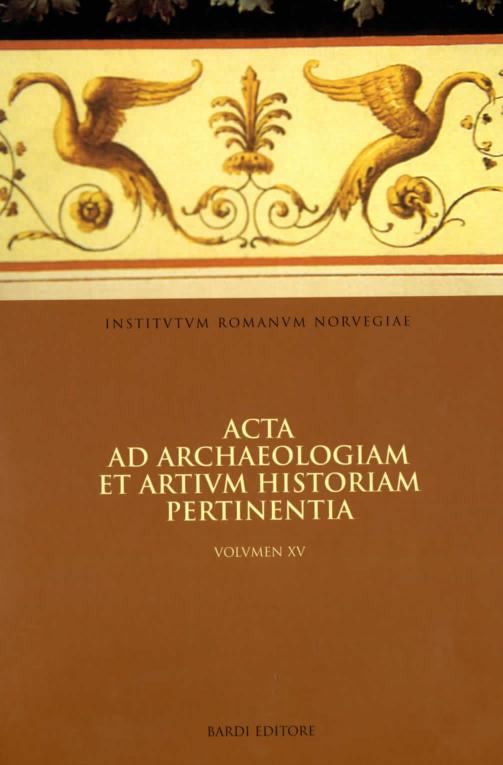The Anatomy of Late Roman Art. Interaction between Public and Private, Meaning and Image, Patron and Workshop
DOI:
https://doi.org/10.5617/acta.5705Sammendrag
In spite of many turbulent changes and a vigorous development in late Roman art, the Roman pagan élite preserved the old and tenacious Classicism as absolute aesthetic value. In my opinion, this pseudo-conservative attitude was essential to maintain the Roman patrons’ influence in a multi-cultural sphere. Perhaps, therefore, we do not have any satisfactory term for indicating the highly heterogeneous non-Classical tendencies in Roman art. I would like to propose a name for such tendencies which is far more neutral than any other current denominations. Moreover, I will discuss the Roman patrons’ intense personal participation in creating art both publicly and privately without holding a chisel or brush in their hand. This unique trend was made possible owing to the masses of technically skillful and socially oppressed artists – and the literacy of the Roman elite. When the preconditions for this patron art weakened in the course of the third century AD, and finally were displaced by more institutional limitations and a powerful collective inspiration in the Christian fourth century, these changes inaugurated a restitution of the unity between technical skill and creativity.
Hvordan referere
Utgave
Seksjon
Lisens

This work is licensed under a Creative Commons Attribution-NonCommercial 4.0 International License.
Authors who publish with this journal agree to the following terms:
- Authors retain copyright and grant the journal right of first publication with the work simultaneously licensed under a Creative Commons Attribution License that allows others to share the work with an acknowledgment of the work's authorship and initial publication in this journal.
- Authors are able to enter into separate, additional contractual arrangements for the non-exclusive distribution of the journal's published version of the work (e.g., post it to an institutional repository or publish it in a book), with an acknowledgement of its initial publication in this journal.
- Authors are permitted and encouraged to post their work online (e.g., in institutional repositories or on their website) prior to and during the submission process, as it can lead to productive exchanges, as well as earlier and greater citation of published work (See The Effect of Open Access).





